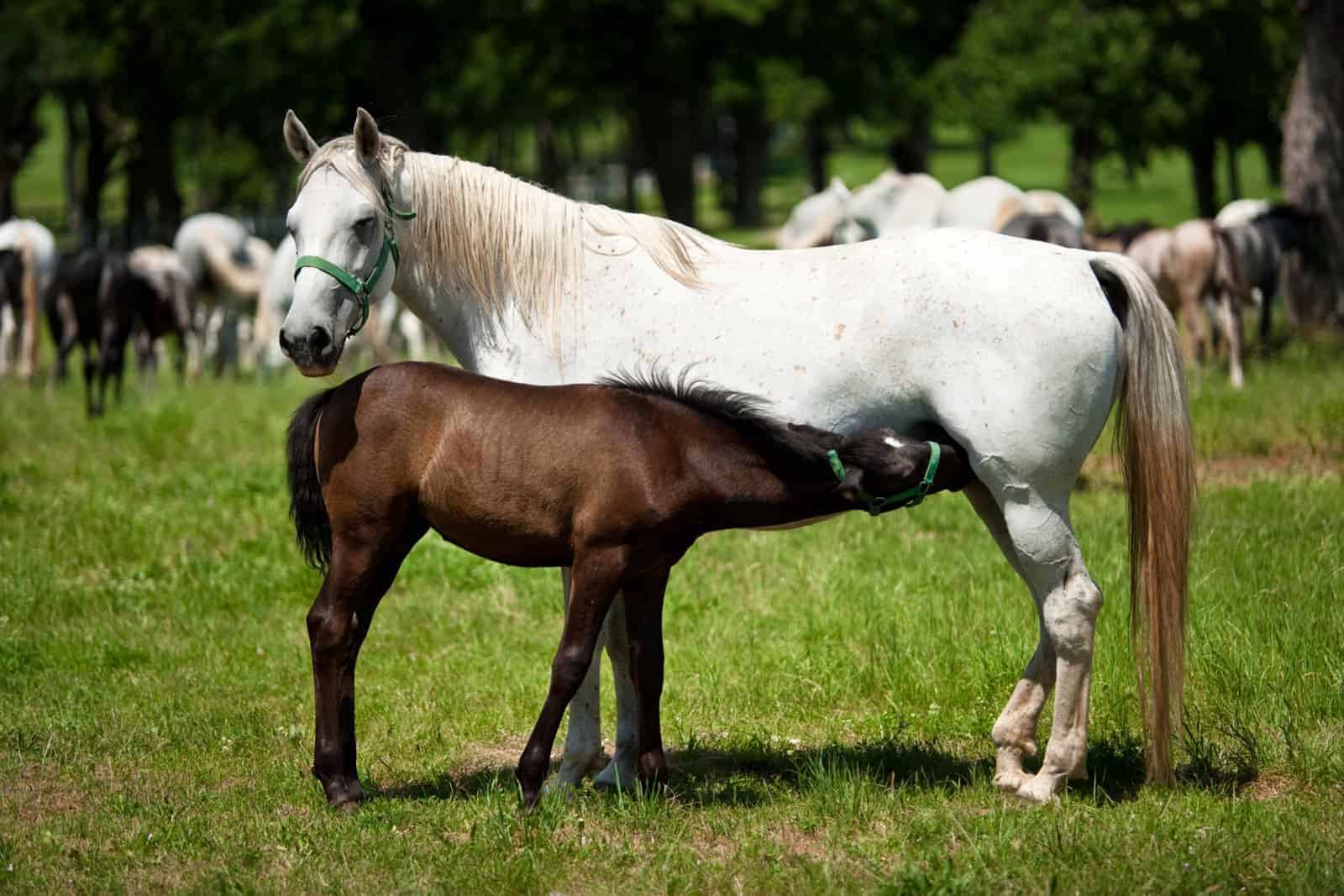New Way to Detect Failure of Passive Transfer in Foals

Foals might be able to walk shortly after they enter the world, but they can’t protect themselves from disease. Born with a naive immune system, they’re designed to get the antibodies (immunoglobulin G, or IgG) they need from their dam’s colostrum—the first milk she produces. Sometimes, however, that doesn’t happen.
In these cases—called failure of passive transfer (FPT) of immunity—the earlier the foal can receive treatment the better. But, one researcher said, current diagnostic testing options are either expensive and technically difficult or take a significant amount of time to produce results. That’s why an international team of researchers teamed up to evaluate whether digital and optical refractometry—evaluating the foal’s serum IgG concentrations—could help detect FPT quickly, reliably, and inexpensively.
They found that “digital and optical refractometers are simple, rapid, and cost-effective methods for assessing FPT in foals with moderate to good accuracy,” said Ibrahim Elsohaby, DVM, MVSc, PhD, a postdoctoral researcher at the University of Prince Edward Island’s Atlantic Veterinary College, in Charlottetown, and the Zagazig University Faculty of Veterinary Medicine, in Egypt
Create a free account with TheHorse.com to view this content.
TheHorse.com is home to thousands of free articles about horse health care. In order to access some of our exclusive free content, you must be signed into TheHorse.com.
Start your free account today!
Already have an account?
and continue reading.

Written by:
Christa Lesté-Lasserre, MA
Related Articles
Stay on top of the most recent Horse Health news with












